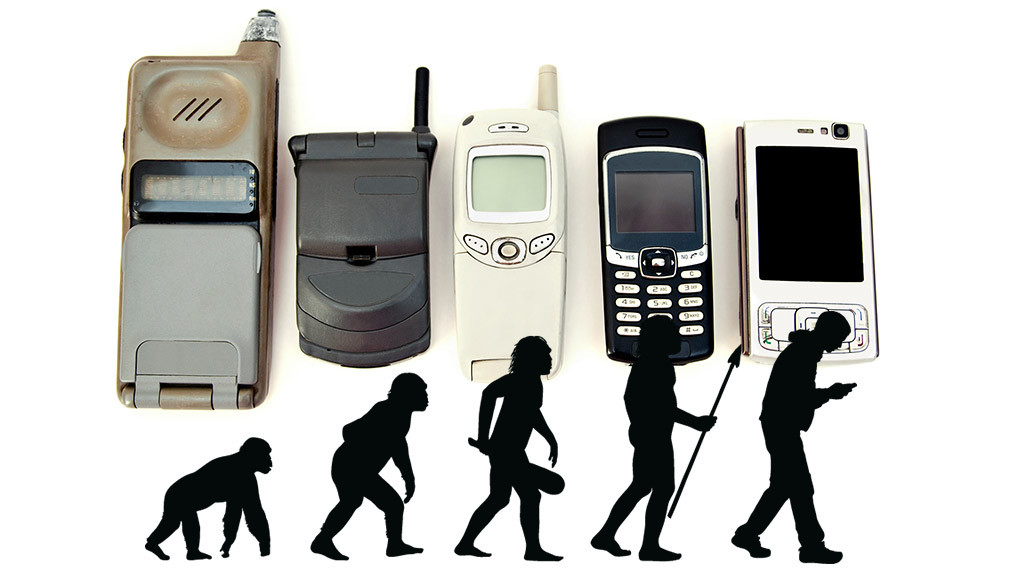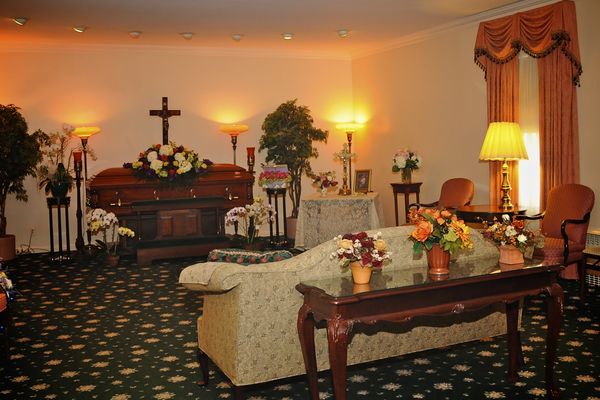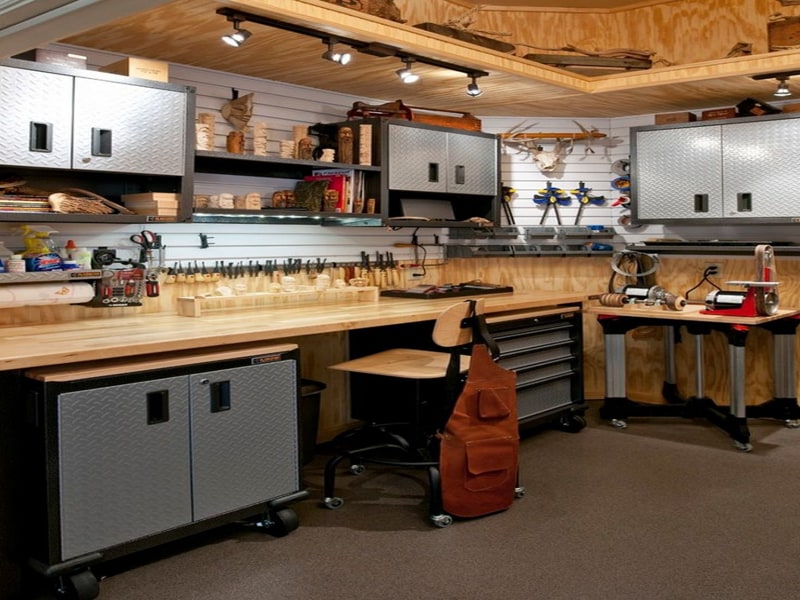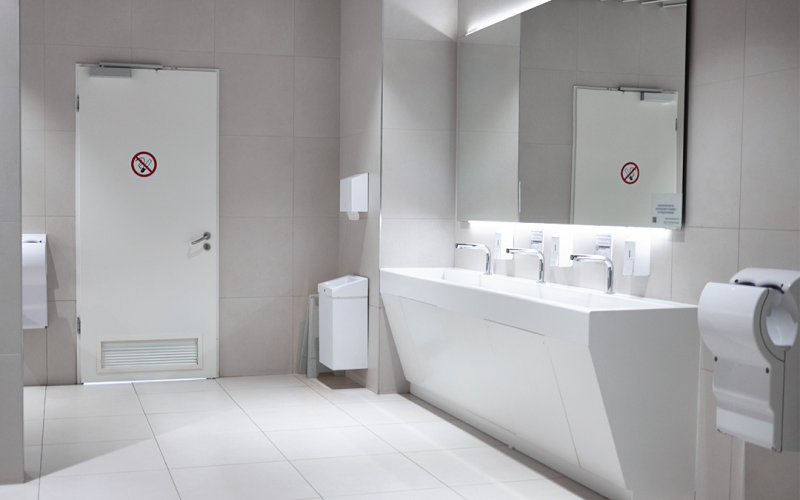Table of Content
The system detects inhabitants' movement using IR sensors and magnetic contacts on the entrance of the doors. To measure temperature it uses a temperature sensor in the main living area. An alarm activation system is developed which detects abnormal behavior and communicates to remote telecare control center, the clients and their carers.

It’s becoming clear that fully integrated smart home services may provide significant value to both consumers and companies. They aid in the delivery of a higher quality of life for the former and the efficiency of business operations for the latter. However, in addition to the numerous opportunities, the creation of an integrated smart home faces a number of problems. Consumer benefits, such as cost savings and personal privacy, must be conveyed in a way that earns their trust, and technological standards must be designed to facilitate interoperable and scalable solutions. We live in a smarter world where more intelligent decisions are being pushed back to smarter devices. The service delivery infrastructures to our homes are becoming more intelligent.
The Application of 12v electric actuators in Home Automation
These are just a few examples of what smart home devices can do, however list goes on to make comfort a priority with promise of providing secure and convenient way of living. The modern beginning of smart home technology can be traced back to 1975 with the release of X10, a home automation platform that sends digital information through radio frequency bursts onto a home’s existing electrical wiring. Early adopters of this technology could remotely control devices in their homes using a command console and modules. The arrival of such sophisticated computing technology and home broadband to connect it quickly, met with the continued desire for easier home life. Nest, the business behind mobile phone controlled heating, was established in 2010 and bought four years later by Google for an astonishing $3.2 billion. Meanwhile, smart meters from a variety of firms allowed homeowners to check their energy consumption.

Sensible home construction started, with the invention of remote controls. Then we saw a commercial revolution, that came up with a lot of primary home appliances like laundry machines, refrigerators, washing machines, etc. Although they weren’t smart appliances, they proved to be a game changer for the individuals of the twentieth century. Since their introduction, inventors and technologists have never looked back. One of the most important features of home technology is to utilize the earth’s limited resources in a conservative and effective manner.
Smart home today, going open source
Right now, smart homes have a poor track record of security, and it is starting to catch up. Governments in Europe and North America have begun drafting legislation concerning the security of connected devices, a trend I see continuing for the foreseeable future. Other devices began to emerge, such as smart security which would only allow access to designated people and would notify parents of children arriving back home after school. Equally, smart fridges, air conditioning, washing machines, curtains and blinds, lighting and televisions allowed homeowners to change settings or programme actions remotely.

The construction of an environment where data from many application areas may be merged to give a richer set of smart home services is a significant characteristic of this stage. These services could be application-specific, such as total energy management. They could also be support services, such as a centralised control point for defining security and access control policies across different home devices.
The Evolution of Smart Home
Whatever the rate of take-up, with people’s desire for an easy life and manufacturers’ high levels of investment, proliferation of smart homes is inevitable. In 2008, Park et al. proposed a method for recognizing ADL at multiple levels of details by combining multi-view computer vision and RFID based direct sensor . A hierarchical recognition scheme is proposed by building a dynamic Bayesian network that encompasses both coarse-level and fine-level ADL recognition. The system requires wearable RFID tag which is not comfortable for users.

Established behavioral patterns have been captured using custom software based on a statistical predictive algorithm that models circadian activity rhythms and their deviations (Virone et al. 2008). At Tampere University of Technology, Vainio et al. developed a proactive fuzzy home-control system. An adaptive algorithm applied to evaluate the test on obtained results. The goal of the research is to help elderly people live independently at home. Developed system can recognize routines and also recognize deviations from routines.
One of the main designers of the Apple iPod, Tony Fadeli, founded the innovative tech startup Nest since he thought that existing home automation products were too huge and chunky. Since then, Nest has developed next gen, Wi-Fi connected smoke alarms and thermostats. Among the major inventions in the automated home include automatically drawn curtains and his wife’s vanity mirror that lit up every time the dresser drawer was opened. Interestingly, the house was not sponsored by any company, and neither was it for sale. Just an inventor who was having fun and laying the groundwork for present day smart homes. It’s like bringing everything together to make smart homes more personalized, customizable and reliable.

Users can have a natural language dialogue with the smart home to query and control everything within it. It has some understanding of immediate and relevant external influences but cannot understand generic requests outside of the scope of the smart home. Basic remote control of hardware via IR remotes and other wireless remote control technologies. The American Association of House Builders coined the term “smart house” in 1984 and, during the next decade, movies attempted to depict it. Technology to help safeguard elderly people living alone was also becoming well used. In 1995, a science fiction book named ‘The Diamond Age’ portrayed a near-future world controlled by nanotechnology.
Companies have already rolled out products that are quite sophisticated at processing that data to glean insights into our daily lives. Voice assistants have added a new richness to the data that smart home platforms receive, and new sensing technology, such as Ultra-Wide Band, can only increase the amount of data out there. As Matter adoption grows, devices that in the past only talked to one platform or another can now all work together, increasing the amount of data available to any single platform.

Fortunately, new, improved, "static" metering technologies are on their way to the smart home. A static meter, which is any metrology device with no moving parts, has significant advantages over traditional mechanical meters. Static meters have already been used for years in the commercial and industrial markets. These decisions will likely change with time as their personal or family situation changes and also newer technologies are released. Ben Kaufman, the Quirky founder, launched another new product called Wink, which was able to bring smart devices, including major brands such as Nest, Phillips, and Quirky, onto a home network that is then controlled by the Wink app. Hence, with Wink, consumers do not have to move even around in their houses to get tasks done.




































